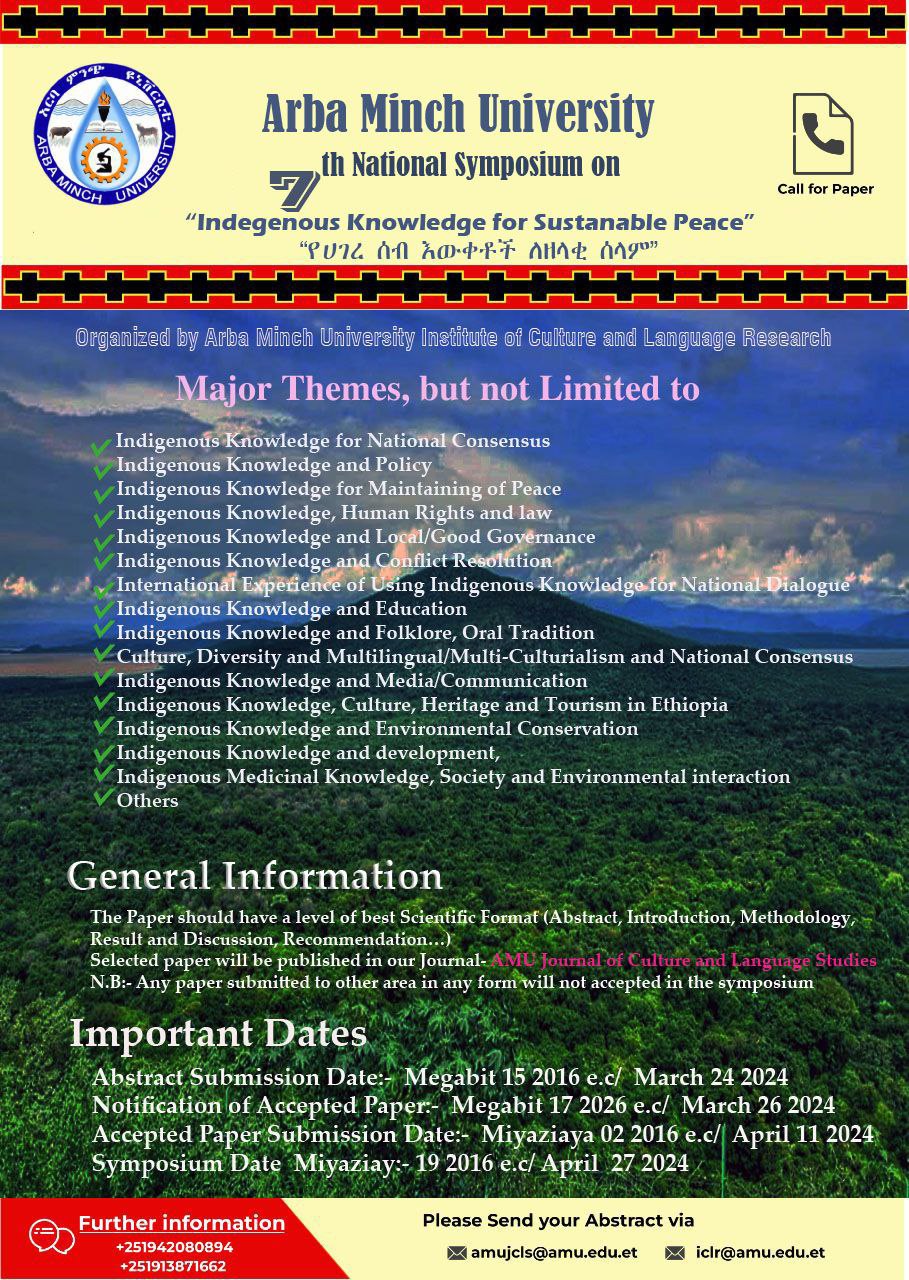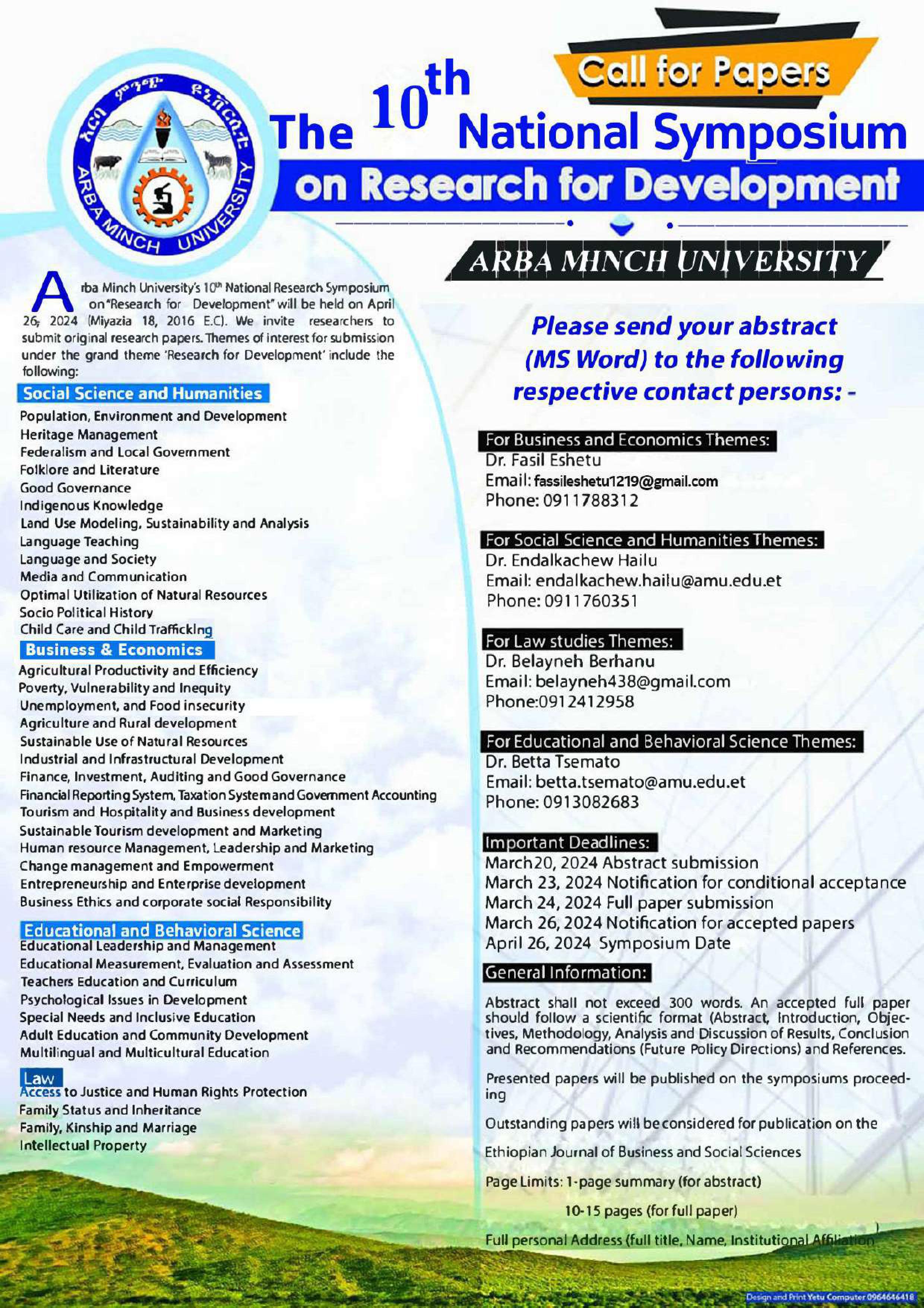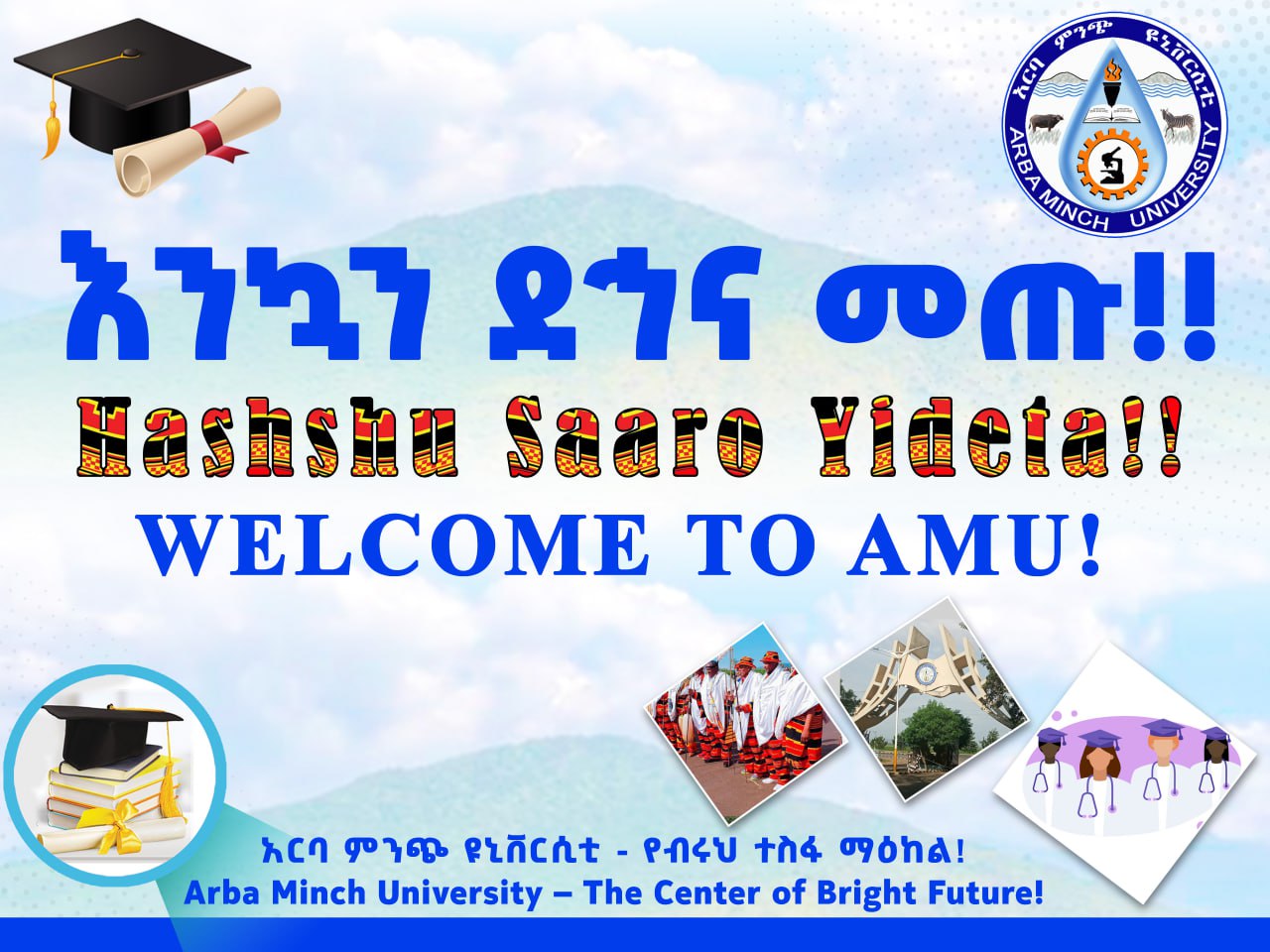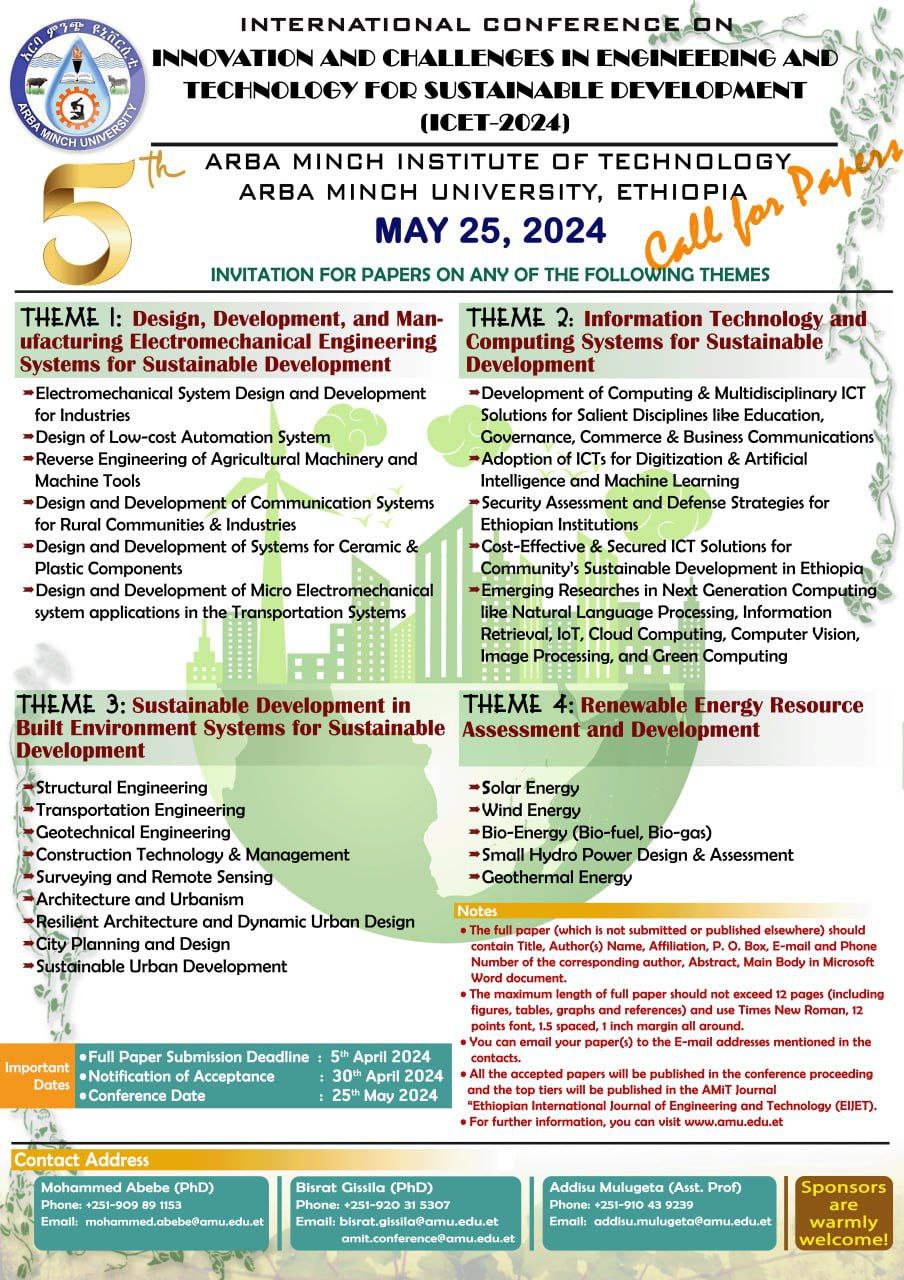AMU in a program held at New Hall, Main Campus on 4th April, 2016, declared the closure of four-year Stripes Project in the presence of Flemish and other stakeholders, AMU scholars, officials and guests. The project was launched in 2012 and it completed its full term. Click here to see the Pictures.
Project through its three major components i.e. terrestrial, aquatic ecological conditions and human-park relationship, could find better understanding of soil-environment relationship, true scenario of wild animals’ habitat and disturbing eco-equilibrium of Chamo and Abaya lakes etc. Two AMU scholars, Dr Simon Shibru and Dr Fasil Eshetu got their PhDs done and it also built the capacity at AMU by equipping bio-diversity centre with laboratory.
The research outcomes of above two PhD scholars recommended statutory zoning in order to reduce human intervention to preserve natural habitat at National Park and to save worsening eco-system at Chamo and Abaya lakes.
Research and Community Service Vice President, Dr Guchie Gulie, welcoming participants, said, ‘‘In developing nations higher institutions are supposed to play role in national development but limitations are major deterrents. Nonetheless, VLIRUOS institutional approach helped to remove the bottlenecks and put things on the track.’’
Prof. Seppe Deckers, said, ‘‘South Ethiopian Rift Valley stands for a much bigger picture that exhorts us to do something significant. Turbidity of Abaya and Chamo lakes speak for low fish production and poor biodiversity as there hasn’t been any corrective measures taken. Hope researches conducted by PhD scholars will give us the roadmap.’’
Lakes and parks are fingerprints that tell us about what’s happening in the catchment for years. Sediments relate to land degradation that makes lakes shallow; so whether its sediment inputs causing water turbid or kicking up by the waves or alkalinity needs to be probed. Even how food web is organized, is important to understand its link with turbid water, he adds.
Dr Simon Shibru’s study stated that free grazing, hunting, grass harvesting, cultivation and increasing wood species are having killing impact. Nachsar National Park in its worse condition has almost lost endemic wild species Sawney’s Hartebeest as only two old males are left. Small mammals are declining due to poor grass coverage and if immediate actions are not taken it will be too late.’’
Dr Fasil Eshetu, on comparative study of lakes, said, in Chamo food items has less nitrogen and sediments organic matter while Abaya has no food structure as it abounds in sediments; it contains 85% of suspended soil while Chamo has 70%.
Statistics further indicates since 2000, Chamo has 87% of sparse vegetation, while Abaya has 37%. Moderate vegetation around Chamo is 10% while its 3% in Abaya. Over the years forest cover has rapidly dwindled to 3.4% and 0.1% at Chamo and Abaya respectively.
Prof. Luc De Meester said to set things right wherein both lakes are deteriorating and National Park worsening, policy makers must take corrective measures. Actors have to start research to restore degrading soil, wetland and buffer zones to prevent sediment’s flow. He also expressed VLIROUS willingness to have next big project on the recommendations.
(By Corporate Communication Directorate: Philips Joseph)

